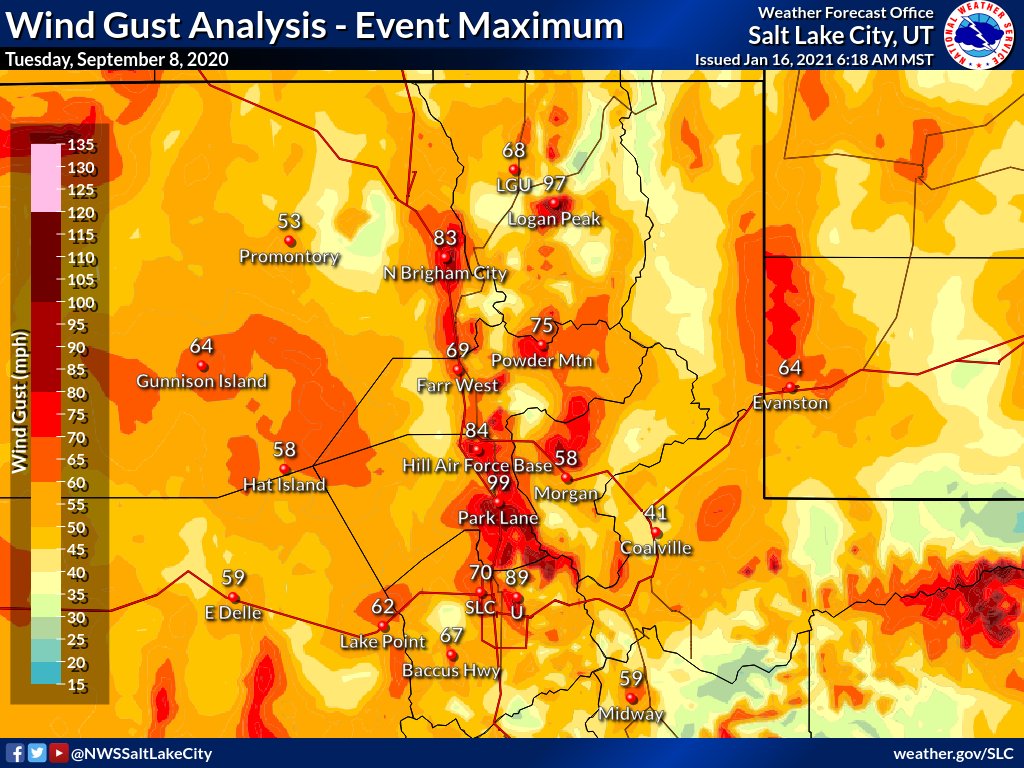
Another day of monsoon season, and we're looking at a broader area of increased Flash Flood risk as moisture and dynamic support expand somewhat north and east today. The Flood Watch for flash flooding has been updated accordingly. Read on for a little more info... #utwx (1/4) 

Here's one model's representation of how convective activity could play out throughout the day and evening. Given the cloud cover and convective inhibition in place, the delayed start of more significant convection (likely not until 1-2PM) appears appropriate. (2/4)
While convection brings high uncertainty in total rainfall amounts at certain locations, QPF gives us some sense of where water amounts may be highest and how large those amounts may be. These totals are for the whole day, but are likely to fall in much shorter periods. (3/4) 

As always, use caution in areas prone to flash flooding: Slickrock, slot canyons, normally dry washes, steep terrain, burn scars, and be aware that heavy rainfall can produce deep ponding or fast moving water in urban areas and roadways. #utwx (4/4) 

• • •
Missing some Tweet in this thread? You can try to
force a refresh







